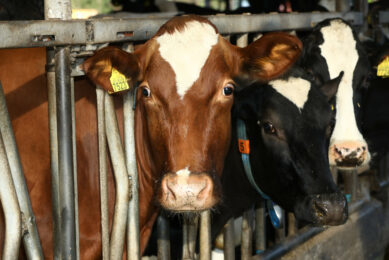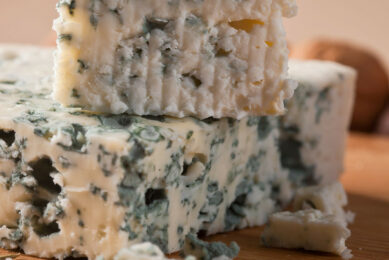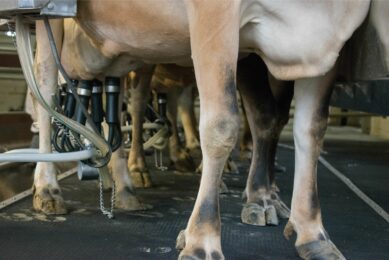How good decisions financially benefit German dairy farm
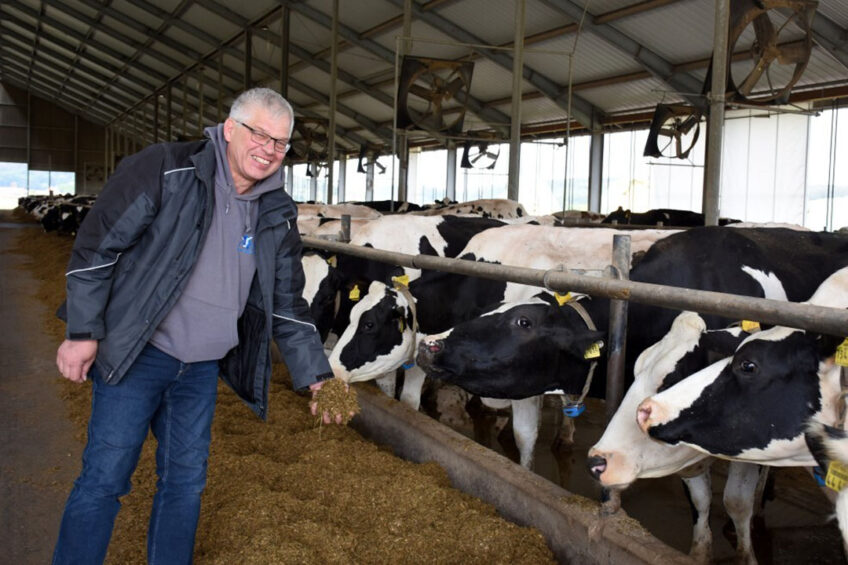
With current high milk and electricity prices, a German dairy farm and its sister energy company are now reaping in the benefits of sound business decisions made only a few years ago.
Milk production
Herbert says: “Our company was formed to amalgamate the interests of the different families. Today, with the high milk and energy prices we are certainly doing well financially, thankfully paying off some of the initial loans taken out to fund the initial investment.”
In total, Plesse Milch farms 760 hectares but only owns 7.3 hectares at the dairy unit site. The remainder is rented from a number of local farmers, including the founding farmers.
Currently, the herd, which is comprised solely of Holstein cows, is averaging 12,401 litres at 4.06% butterfat and 3.38% protein.
“We are on target to produce 8.1 million litres in 2022,” said Herbert. “The cows are milked 3 times per day in our Boumatic milking parlour with 20 cows up each side. We sell the milk to the DMK Group which is currently paying us 60 euro cents per litre.
“The processor is around 230 km away so we have two 25,000 litre tanks to store the milk in. At the moment we are producing 22,500 litres per day. It cost us around €7 million to set up both the dairy complex and the power plant. Our initial set-up costs worked out at around €6,500 per cow.
“While we are receiving a good price for the milk at the moment, our costs of production are also fluctuating. Our cost per litre used to be around 22-24 euro cents per litre but are now hovering around 35 euro cents per litre,” says Herbert.
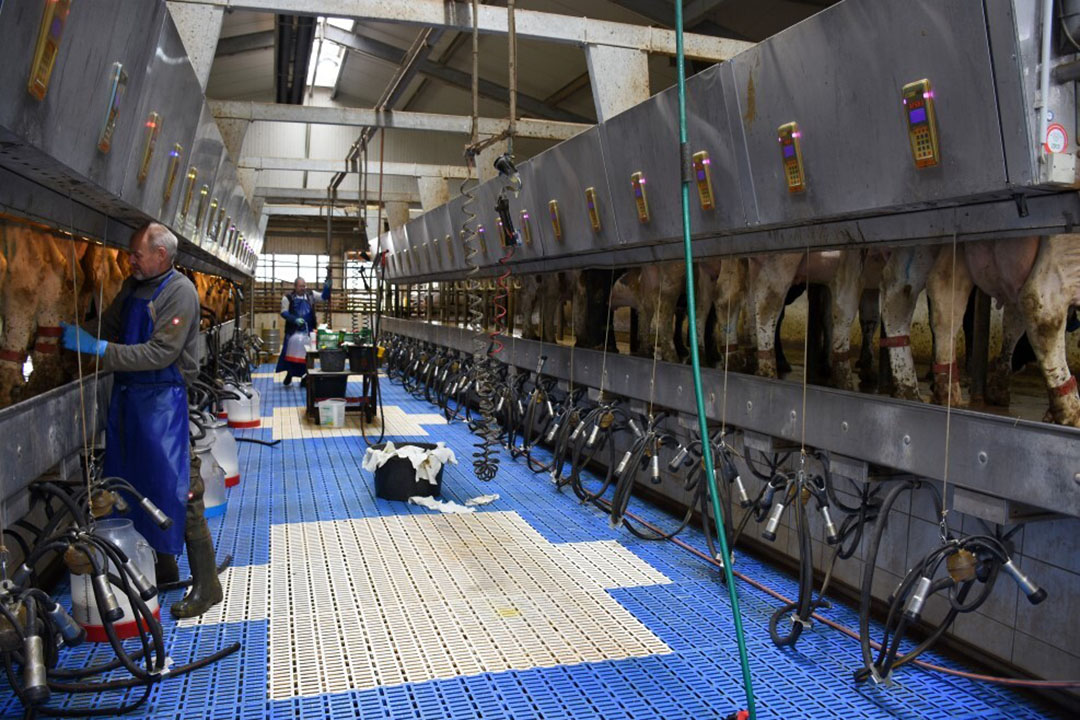
Biomass business
The farm’s biomass business, Plesse Energy, produces 4.4 million kilowatt hours per year currently selling for 60 euro cents per kwh. Basically, the farmyard manure produced from the heifers on straw bedding is mixed with some slurry and is digested in the biogas tanks on the farm.
The methane produced from this process is fed to 3 generator engines that convert the gas to electricity.
Herbert adds: “We have 3 engines, 2 of which are 265 kw and one larger one at 500 kw, all running on biodegradable fuel. Only 1 staff member is required to run the biogas system.
“Initially, we had projected a 15-year payback business plan for the biogas plant but with the current prices, that term is being met much quicker,” he states. Over in the dairy unit there are around 10 full-time staff looking after the milkings in shifts and the management of the herd.
Breeding
“Our main milkers are from Romania and Bulgaria,” says Herbert. “One guy from Iran looks after all the herd inseminations. I also keep a very close eye on the cows as well. In terms of breeding, we carry out genomic testing on all the cows and the top cows and heifers are inseminated with the Holstein breed using sexed semen.
“We usually follow the US index system breeding for good fertility and production quality. It is more important for me that the cows make money rather than look good,” he said.
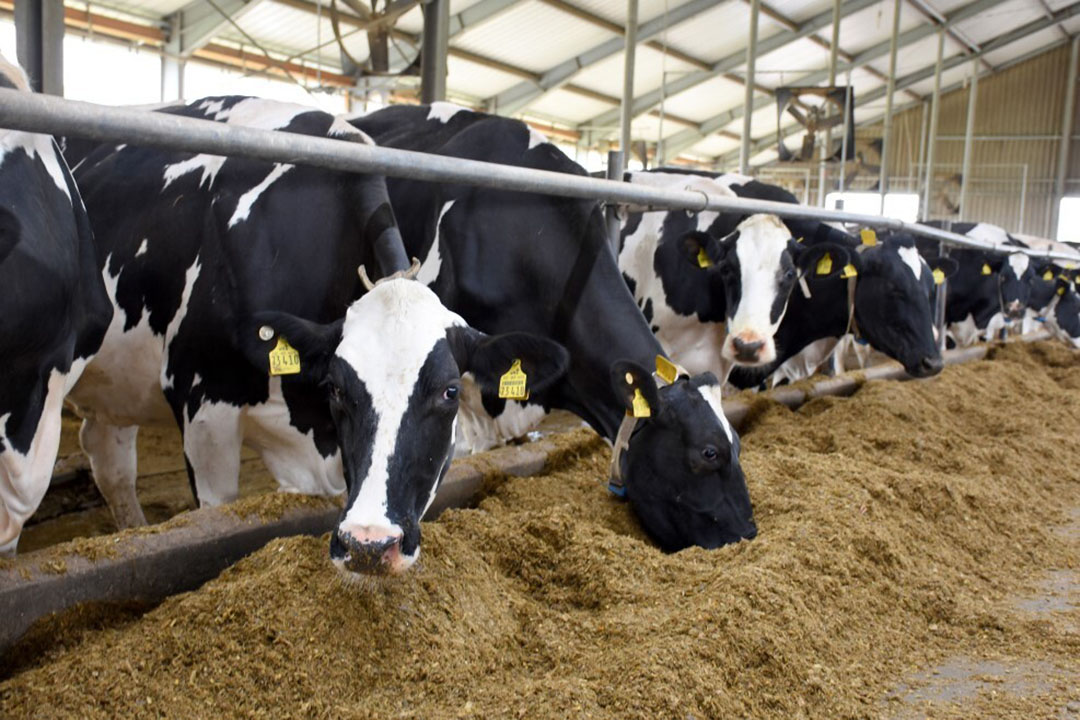
Incidentally, half of the older cows are inseminated with British Blue semen which Herbert says gives him the best returns in calf prices.
“Most of these beef calves go to auction around 4-6 weeks old weighing up to 100 kg. Our most recent sales saw the beef bull calves average €450 per head, reaching €600 for the top ones. The beef heifer calves average €250 per head.”
Feed
Most of the feed for the cows total mixed ration is grown by the farm on rented land. One unique aspect to this farm is that it has incorporated a separate company to look after all the crop and grass production, Plesse Land.
On top of around 200 hectares of grassland the farm grows over 500 hectares of winter wheat, spelt, winter barley, winter rye, canola, maize and sugar beet.
“In the beginning we were hiring a contractor to harvest our crops, but later we asked him to come on board as a partner and look after all our crop production.
“He supplies all the machinery required and looks after all the input purchases. With his team they carry out all the field work throughout the year, which with various harvests adds up to over 1,050 hectares per year. It really is a good system that has worked well for us here,” he states.
Join 13,000+ subscribers
Subscribe to our newsletter to stay updated about all the need-to-know content in the dairy sector, two times a week.



